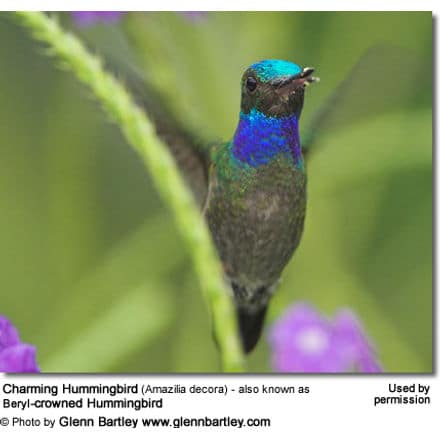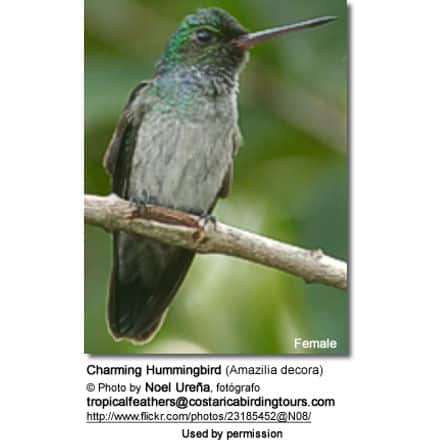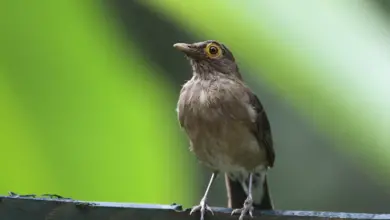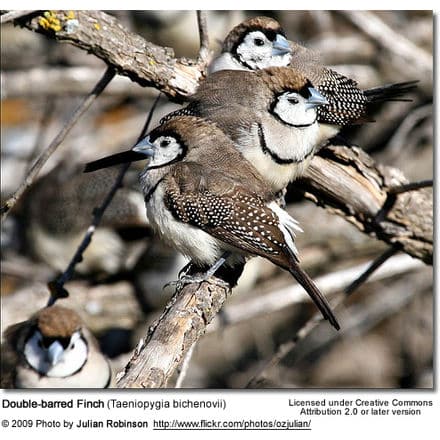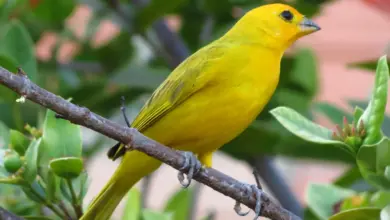Charming Hummingbirds or Beryl-crowned Hummingbirds
The Charming Hummingbirds (Amazilia decora) – also known as the Beryl-crowned Hummingbird – occurs naturally in Central America- specifically Costa Rica and Panama.
Some authorities consider it conspecific (the same species) as the Blue-chested Hummingbird found on the Caribbean slope as they look very much alike.
Alternate (Global) Names
Spanish: Amazilia corona de berilo … French: Ariane à front brillant, Ariane charmante … Italian: Amazilia ornata, Colibrì fascinoso … German: Schmuckamazilie, Schmuck-Amazilie … Latin: Amazilia amabilis decora, Amazilia decora, Polyerata amabilis decora, Polyerata decora … Czech: Kolibrík slicný … Danish: Costa Rica-amazilie … Finnish: Viehkotimanttikolibri … Japanese: emerarudohachidori … Dutch: Pacifische Blauwbuikamazilia, Sierlijke Amazilia … Norwegian: Yndekolibri … Polish: szmaragdzik strojny … Slovak: kolibrík ozdobný … Swedish: Costa Ricasmaragd
Hummingbird Resources
- Hummingbird Information
- Hummingbird Amazing Facts
- Attracting Hummingbirds to Your Garden
- Hummingbird Species
- Feeding Hummingbirds
Description
The Charming Hummingbird has a violet-blue chest and a greenish throat. It looks like the Mangrove Hummingbird – however, the Charming has a straighter bill and the throat and chest patterns are different. The Mangrove Hummingbird has a bluish-green chest and throat compared to the violet-blue coloration of the Charming (Garrigues and Dean 2007).
Distribution / Range
They occur naturally in the Southern Pacific lowlands and coastal areas of Costa Rica north to Carara and Panama. They inhabit coffee plantations, gardens, forest edges and can also be found along streams and in open clearings.
Nesting / Breeding
Charming Hummingbirds will breed throughout most of the year except the height of the dry season. Up to 12 males will perform at “leks”(communal courtship dance) – during which they dance to attract females
The female alone constructs the cup-shaped nest out of plant fibers that she weaves together and places green moss on the outside for camouflage. The nest is placed in a protected location, in a shrub, bush or tree, typically on a low, thin horizontal branch.. The nest is lined with soft plant fibers, animal hair and feather down. The nest structure is strengthened with spider webbing and other sticky material, which give the nest an elastic quality allowing it to stretch to double its size as the chicks grow and need more room.
The average clutch consists of two white eggs, which are incubated by the female alone. The hatchlings are initially blind, immobile and without any down.
The female alone protects and feeds the chicks with regurgitated food (mostly partially-digested insects since nectar is an insufficient source of protein for the growing chicks). The female pushes the food down the chicks’ throats with her long bill directly into their stomachs.
As is the case with other hummingbird species, the chicks are brooded only the first week or two, and left alone even on cooler nights after about 12 days – probably due to the small nest size. The chicks leave the nest when they are about 20 days old.
Diet / Feeding
The Charming Hummingbirds primarily feed on nectar taken from a variety of brightly colored, scented small flowers of trees, herbs, shrubs and epiphytes, specifically favoring the flowers of the Inga, Hamelia, Satryia and Heliconia plants.
Hummingbird Information
